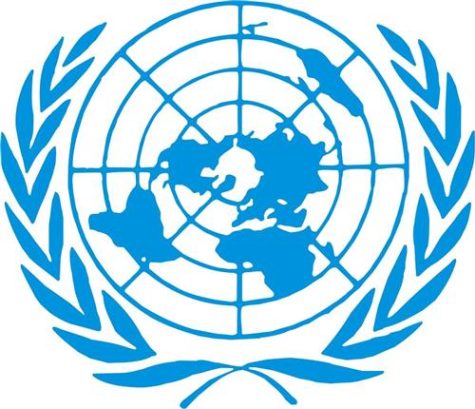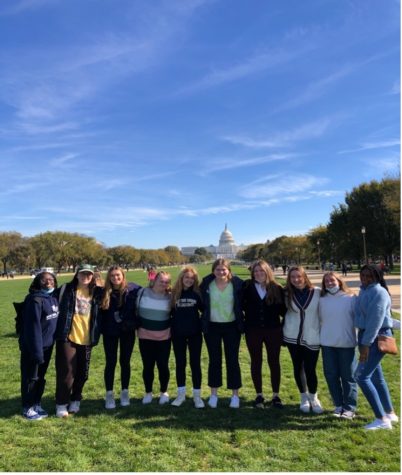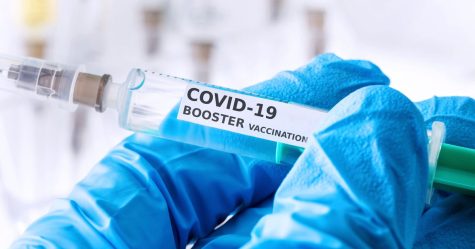#X and Distractology
November 16, 2014
If you are a new driver, you may be familiar with #X sponsored by AT&T’s “It Can Wait” campaign. #X is supposed to be used to warn friends and family when you are about to drive so that distractions will be limited. Its purpose is to “pause” the conversation. Many who participated in the Distractology 101 program at NDA in September learned about the dangers of distracted driving. I interviewed Mr. Daniel Corcoran who is the Distractology Coordinator. I asked him about the Distractology 101 program and #X. Here is what Mr. Corcoran had to say:
What is Distractology 101?
“Distractology 101 is a fun and exciting program that teaches inexperienced drivers (those with a learner’s permit or have held their license for less than 3 years) about the dangers of distracted driving. The program consists of a 45-minute instructional learning experience behind the wheel of a driving simulator combined with a 20-minute Web reinforcement of what the students learned inside the trailer.
There is science behind our program. Research conducted by Dr. Donald Fisher, professor and department head at the College of Engineering, University of Massachusetts at Amherst, discovered that real-life scenarios are the best way to teach new drivers how to avoid accidents and stay safe at the wheel. The Arbella Insurance Foundation is proud to sponsor continued research at UMass and commissioned Dr. Fisher and his team to create the simulations used in the Arbella Distractology 101 training. Thanks to Dr. Fisher’s research, we have technology that will educate inexperienced drivers on the dangers of driving while distracted and can help reduce the number of distracted driving accidents.”
What is its purpose?
“Education. We don’t compete with driver’s ed courses, but instead we want to lead a safety movement to educate new drivers on the dangers of distracted driving. By targeting inexperienced drivers with hands-on education, we hope to deter bad habits (i.e. texting while driving) from developing.”
How have your efforts affected teens and distracted driving- has there been a decrease in distracted driving/accidents?
“I do not have any numbers or evidence that support our program lowering the rate of distracted driving accidents. However, from the feedback we receive each week, we know that our program is positively impacting inexperienced drivers. Each student who participates in our program will learn something different. One student may learn to pay more attention to the signs on the side of the road and another may learn how quickly things change when they take their eyes of the road to text. I truly believe that each student who walks away from our program will be able to apply a new technique/concept that will help them avoid potential dangerous driving situations in the future.”
Do you believe #X can help teens reduce distractions while driving? What are your thoughts on #X?
“The #X campaign has been great in increasing awareness around the epidemic of distracted driving, especially with millennials. The millennial generation is one that has grown up with technology at their fingertips. It’s almost as if millennials are programmed to answer their phones whenever its buzzes or beeps, whether that is in class or behind the wheel. The Distractology 101 program shares a similar goal to #X in the fact we are trying to increase awareness around distracted driving, especially anti-texting while driving, with millennials.”
While perusing the website for the It Can Wait campaign, I came across a question that really struck a chord: “Take out your cell phone and look at the last text you sent. Would that text be worth dying for? Definitely not.” Click here to join the It Can Wait community and take the pledge to stop texting and driving. Visit http://www.itcanwait.com/all to learn more about #X and the It Can Wait campaign, and as singer Demi Lovato advises, “Use #X to pause the conversation before you drive because no text is worth a life.”









